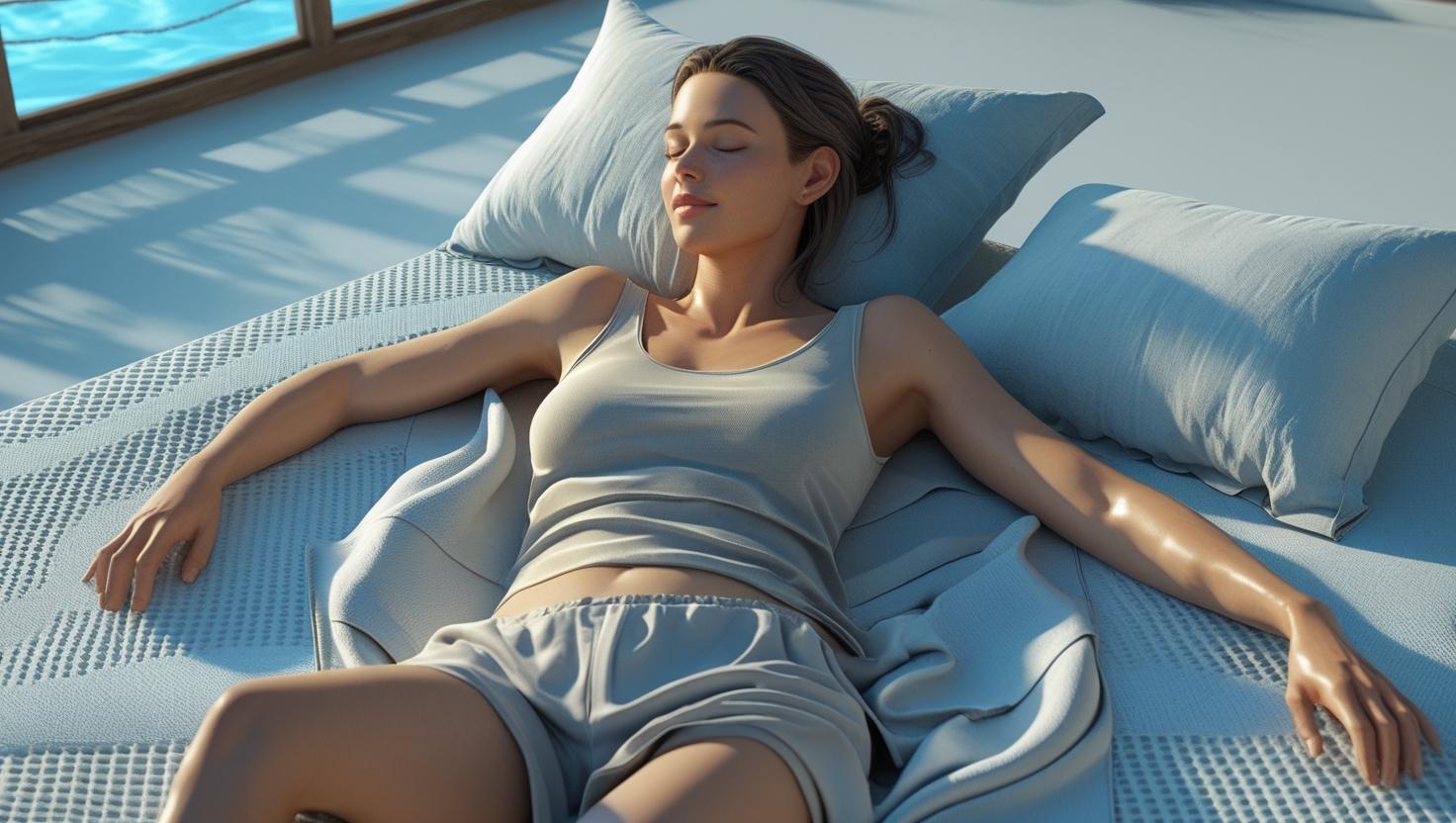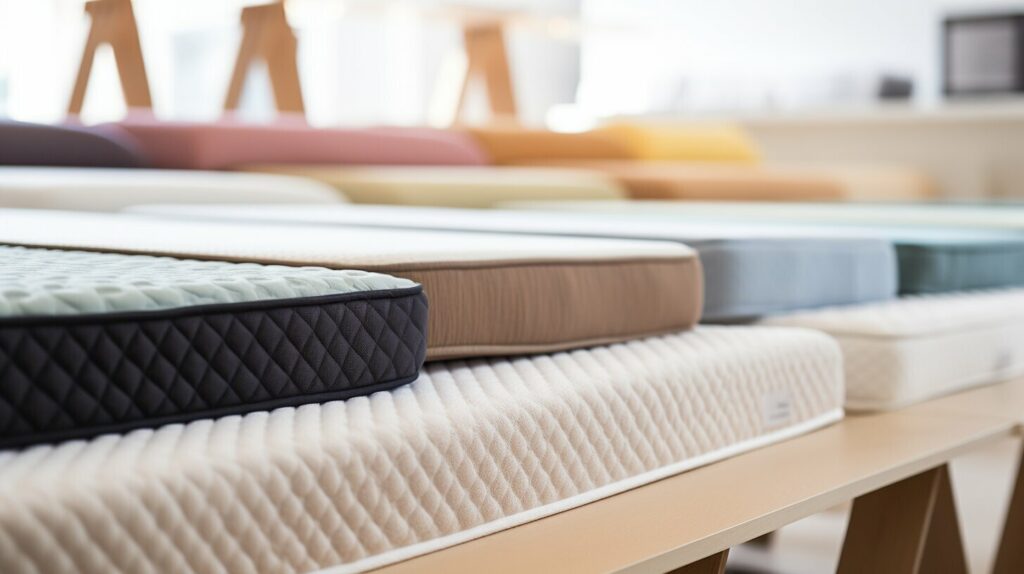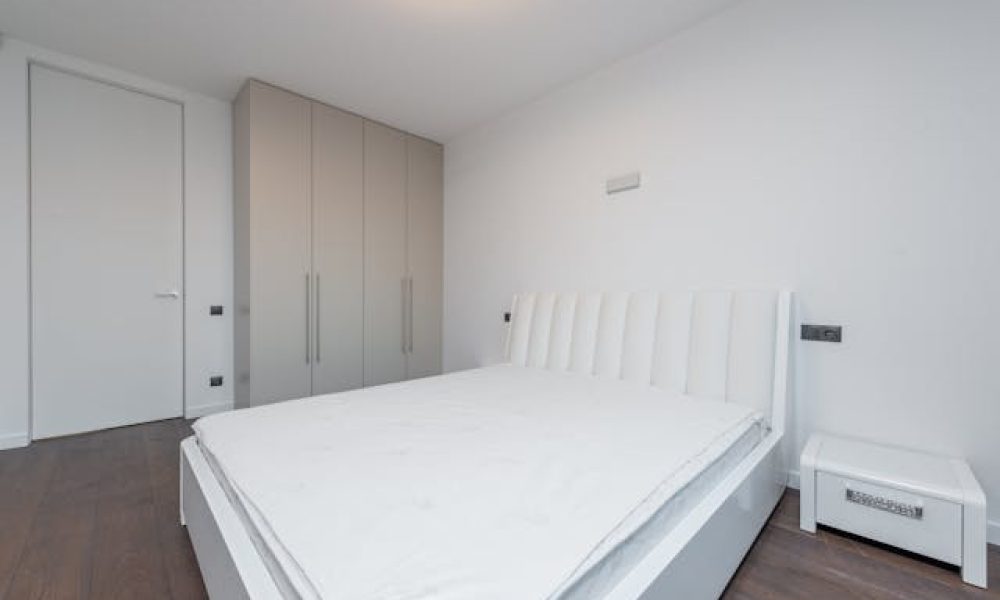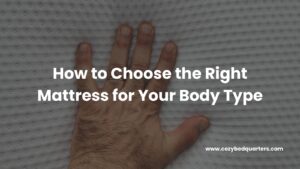Types of Mattresses Explained
Types of mattresses explained clearly so you can choose confidently. Whether you’re upgrading or buying your first bed, this guide helps you sleep better without regrets.
Key Takeaways
- Understand 8 common mattress types and who they’re best for
- Learn the benefits and drawbacks of each material
- Make a confident choice based on your sleep style and comfort
Why Your Mattress Matters
Choosing the right mattress impacts more than comfort—it affects your spine alignment, joint support, and sleep quality. With the types of mattresses explained in this guide, you’ll know how to avoid the pitfalls of poor mattress selection.

1. Innerspring Mattresses
These traditional beds use steel coils for support and typically have a foam or fabric layer on top. They offer a firm feel and strong bounce, plus good airflow for cooler sleep.
2. Memory Foam Mattresses
Contouring to your body, memory foam cradles joints and reduces motion transfer. It’s great for pain relief and undisturbed rest, especially for couples.

3. Latex Mattresses
Made from natural or synthetic rubber, latex mattresses offer buoyant support and superior durability. Eco-conscious buyers love them for their natural materials and resilience.
4. Hybrid Mattresses
Combining innerspring coils with foam or latex, hybrids blend bounce with body-hugging comfort. They’re a strong pick for couples with different firmness needs.

5. Pillow Top Mattresses
Soft pillow-like layers stitched onto firm bases provide plush comfort. Side sleepers often love them for extra pressure relief around hips and shoulders.
6. Gel-Infused Foam Mattresses
Designed for hot sleepers, these contain cooling gel to disperse heat while offering memory foam’s comfort. Look for long-lasting gel features.
7. Airbed Mattresses
Adjustable air chambers let you customize firmness. High-end models are used for everyday sleep, ideal for partners with different needs.
8. Waterbeds
Filled with water and offering a floating feel, waterbeds contour uniquely to the body but are less common today due to weight and maintenance needs.

Mattress Matchmaking: What Fits You?
If you’re a side sleeper, softer mattresses like memory foam or pillow tops ease pressure on shoulders. Stomach sleepers need firmer surfaces to avoid sinking. Back sleepers do well with medium to firm options like latex or hybrid models. Couples? Look for motion isolation—memory foam or hybrid beds excel here.
Comparison Table
| Type | Main Benefit | Best For |
|---|---|---|
| Innerspring | Firm, affordable | Budget-conscious buyers |
| Memory Foam | Pressure relief | Pain relief, couples |
| Latex | Durability, eco-friendly | Natural product lovers |
| Hybrid | Balanced feel | Couples, combo sleepers |
| Pillow Top | Plush comfort | Side sleepers |
| Gel Foam | Cool sleep | Hot sleepers |
| Airbed | Adjustable support | Couples, changing needs |
| Waterbed | Unique feel | Niche users |
Real-Life Examples
- Fatima switched to memory foam and now wakes without shoulder pain.
- Ali found back pain relief with a firm latex bed.
- Zara and Omar chose a hybrid to meet their differing preferences—and love it.
Pros and Cons Summary
Knowing mattress types helps you:
- Choose wisely and sleep better
- Avoid wasting money
- Support your body properly
Without this knowledge:
- Sleep problems may increase
- You might regret your purchase
Understanding the types of mattresses explained above gives you power over your sleep. Match your body’s needs to the right material, and enjoy deeper, healthier rest.
FAQ
How often should I replace my mattress?
What mattress is best for back pain?
Can a mattress really affect sleep quality?
Learn more in how to choose a mattress that fits your body,
or explore the differences between latex and memory foam.
You can also check out our guide to cooling mattresses for hot sleepers.
For science-backed sleep tips, visit the Sleep Foundation.























